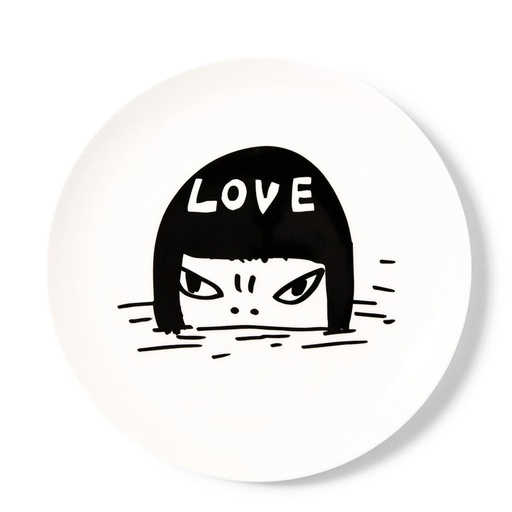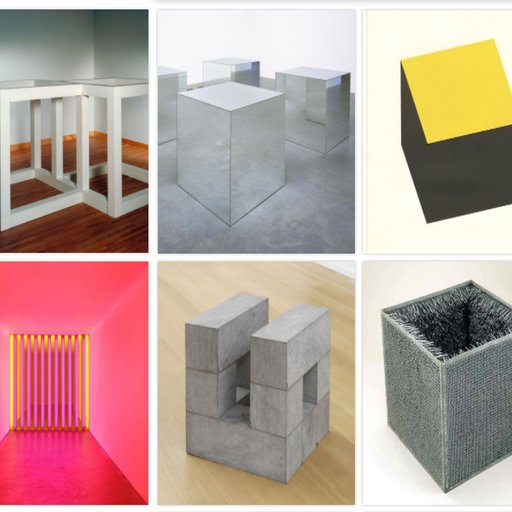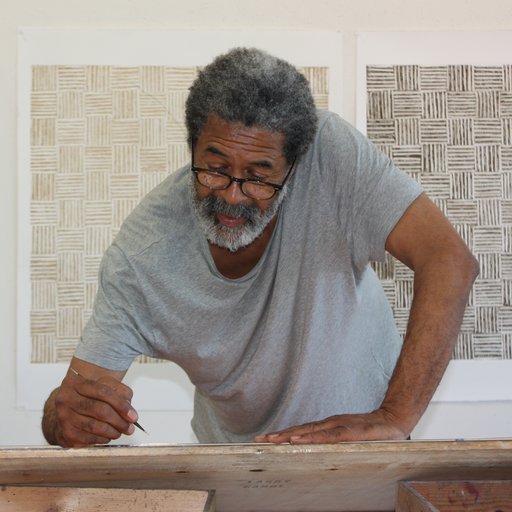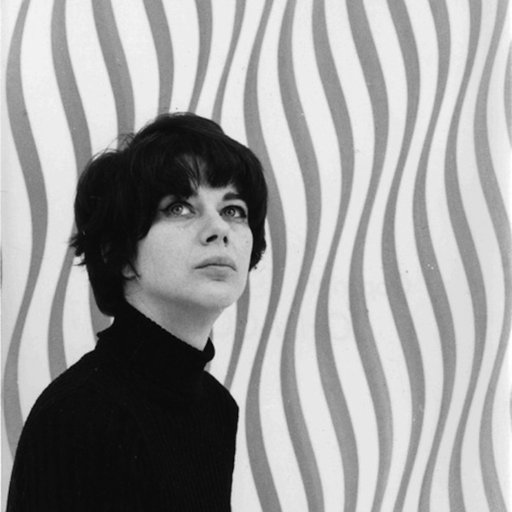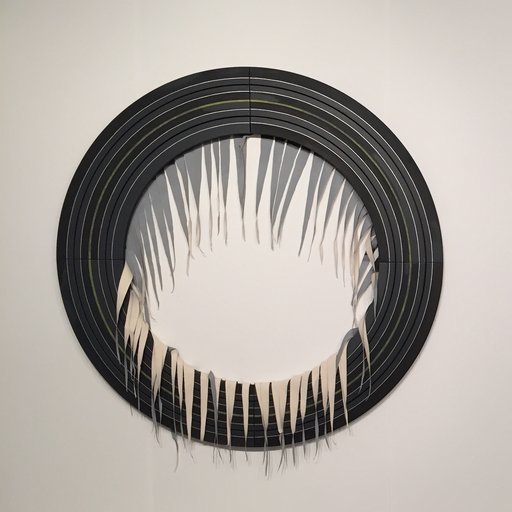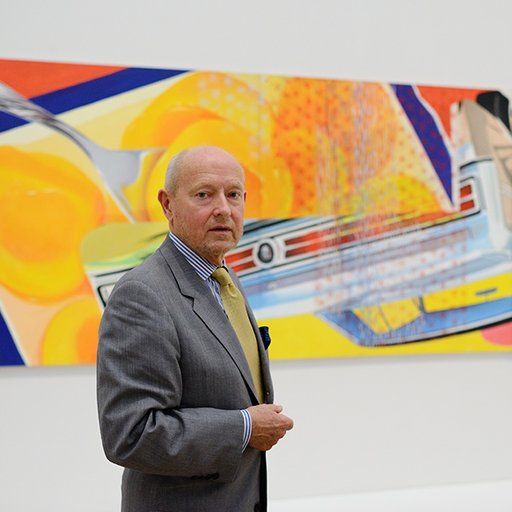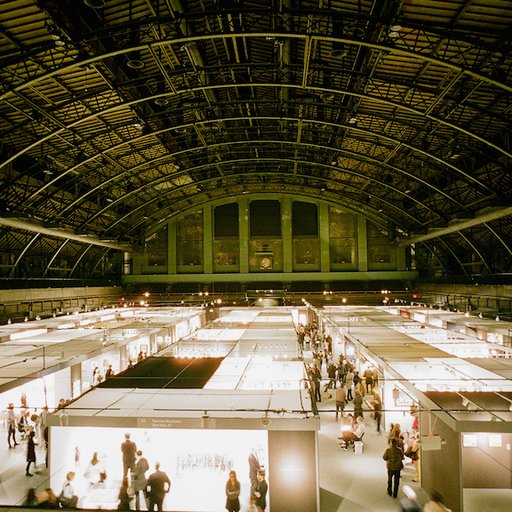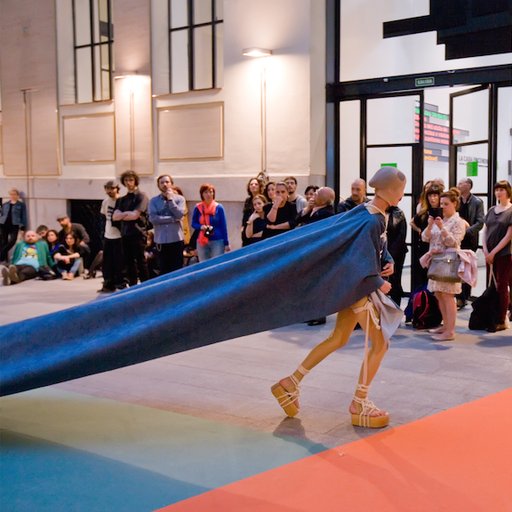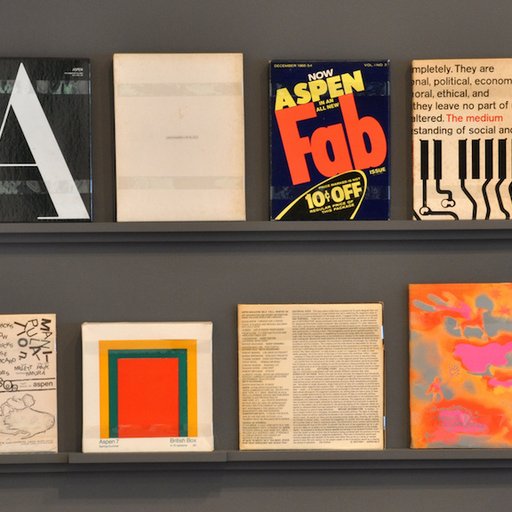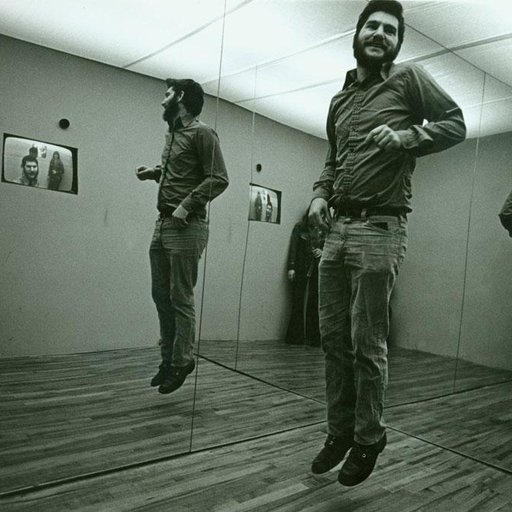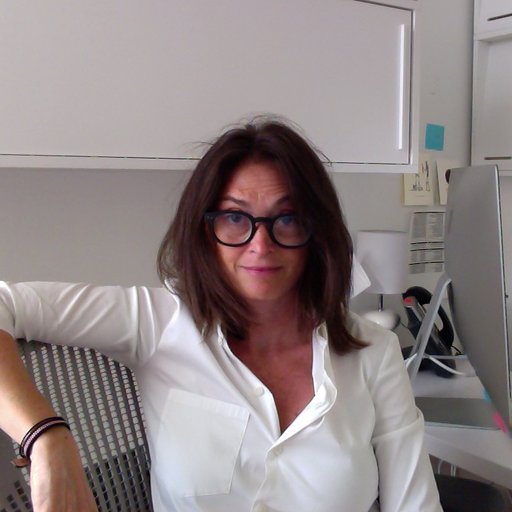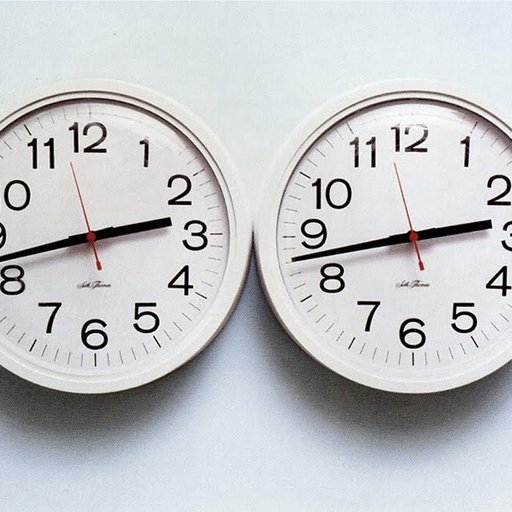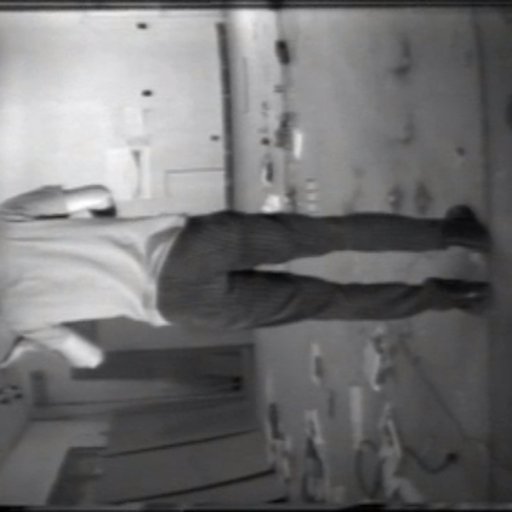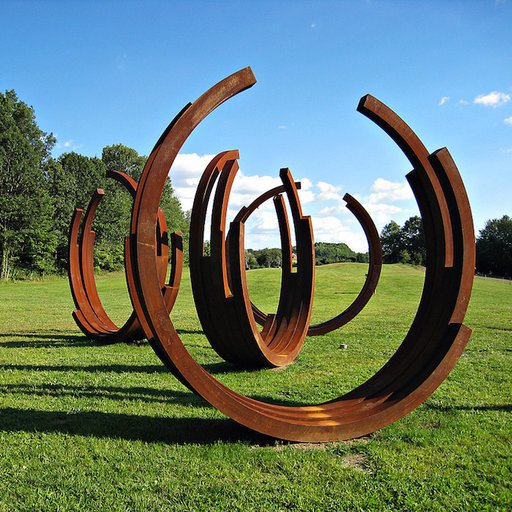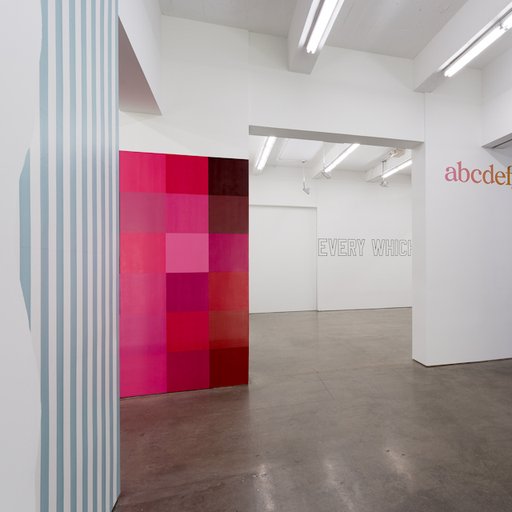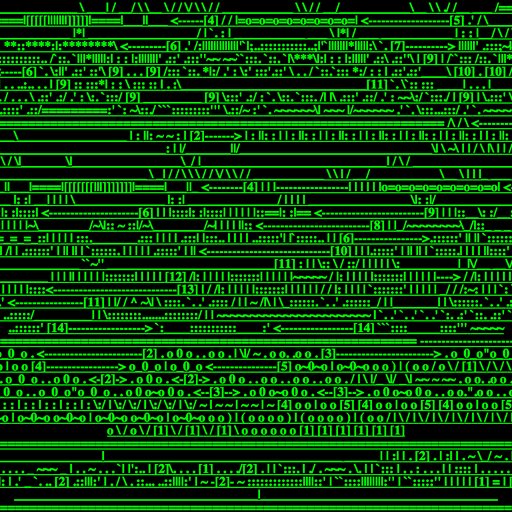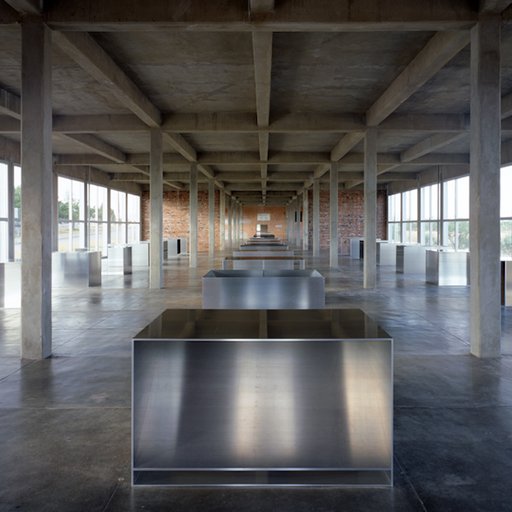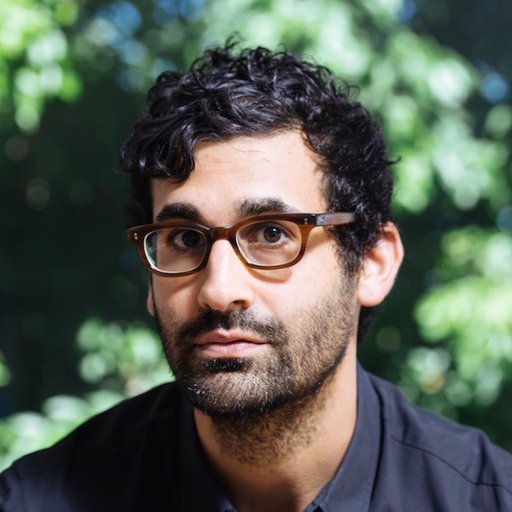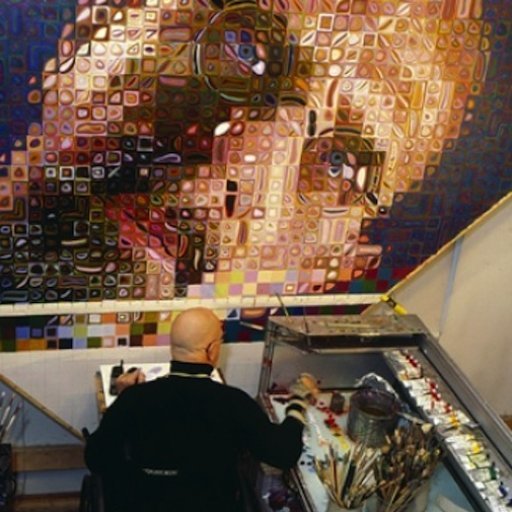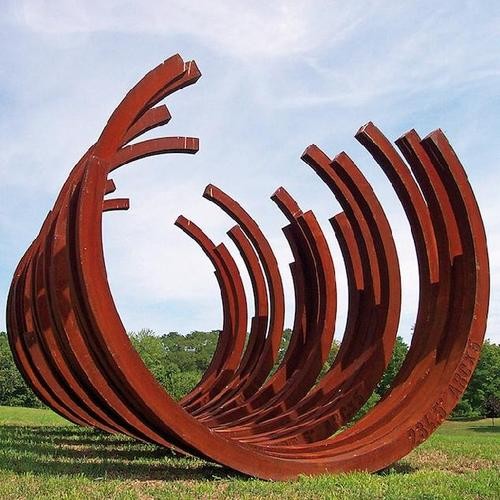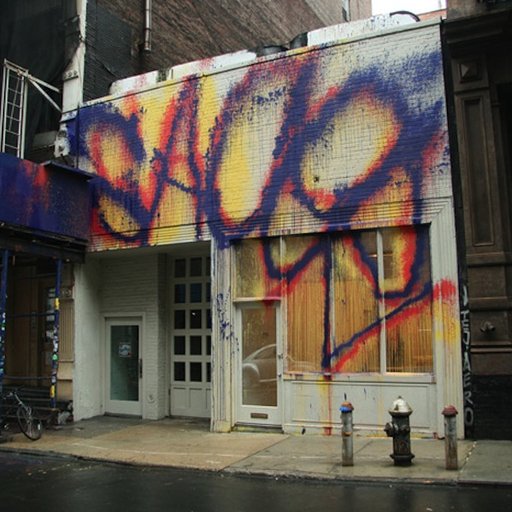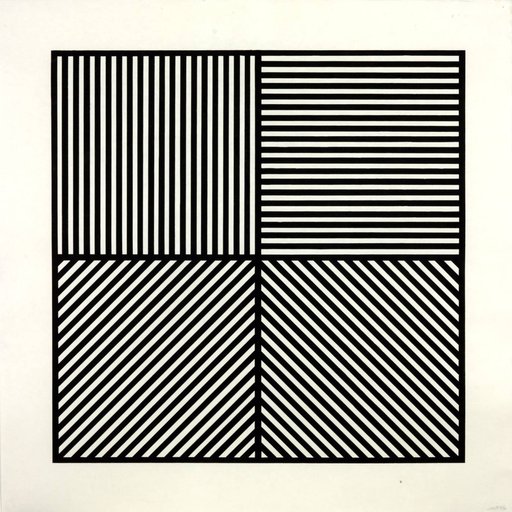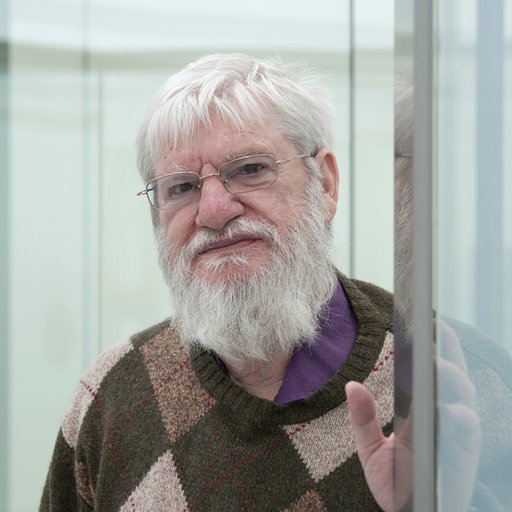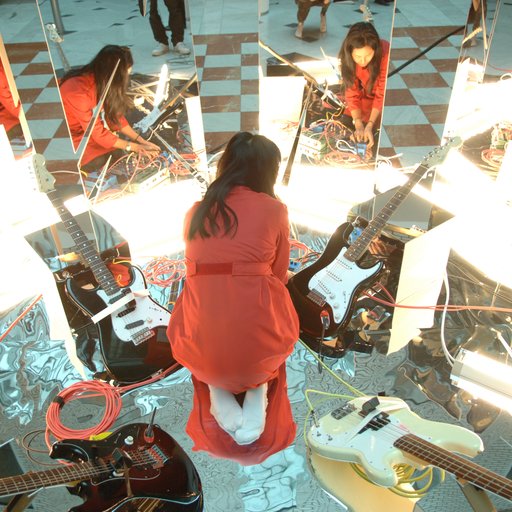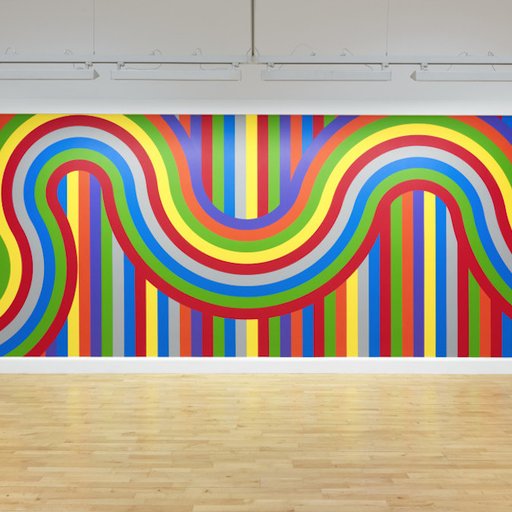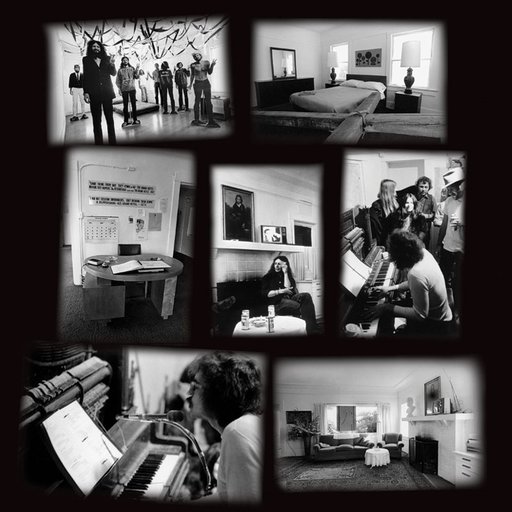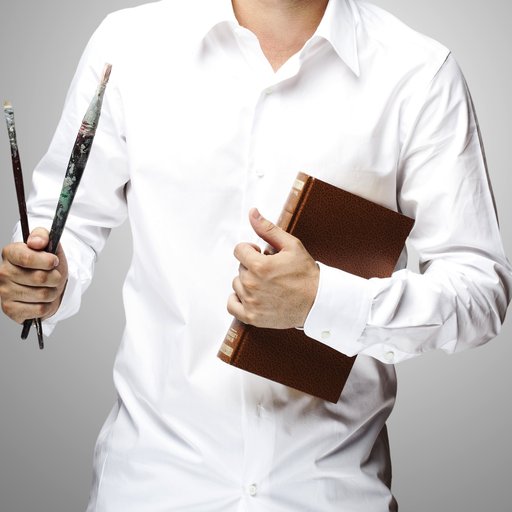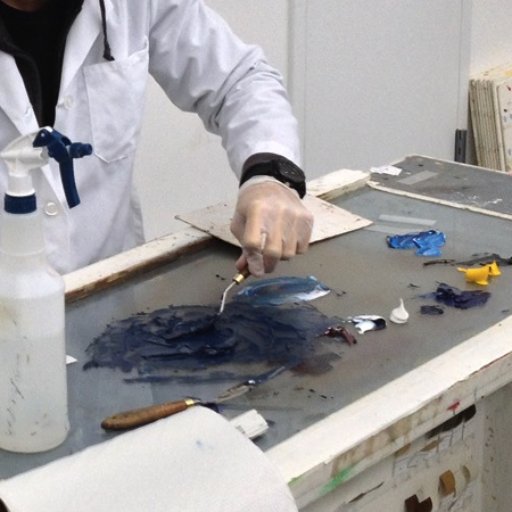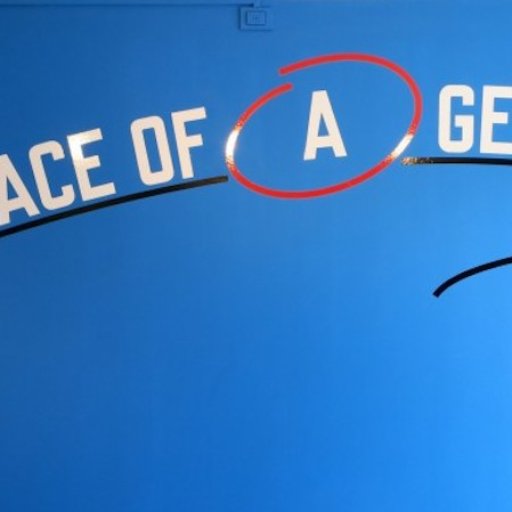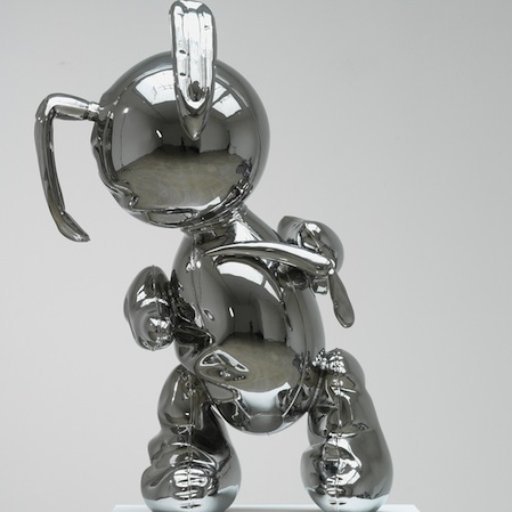Sol LeWitt
"Conceptual art is not necessarily logical." — Sol LeWitt
Sol LeWitt began exhibiting in New York in the 1960s and would go on to become one of the most influential artists of his generation. A founder of both the Minimalist and Conceptual Art movements, LeWitt made sculptures, paintings, drawings, prints, and large-scale installations. Using the cube as the basis for his complex modules and systems, LeWitt created two and three-dimensional works, which range from wall drawings and works on paper to towering structures, pyramids, and geometric forms.
In his works, LeWitt called into question deeply rooted notions of permanence, uniqueness, and authorship. His wall drawings of the late 1960s, which are the foundation of his practice, were executed not by his own hand, but by his assistants. As he put it in his seminal text "Paragraphs on Conceptual Art," in ArtForum June 1967: "The idea becomes the machine that makes the art." His designs, marked by a repetition of basic geometric forms including quadrilaterals, spheres and triangles, were thus reproducible in any space or at any time.
In the 1980s, LeWitt moved away from his strictly black and white palette and began experimenting with undulating lines of bright colors in …
"Conceptual art is not necessarily logical." — Sol LeWitt
Sol LeWitt began exhibiting in New York in the 1960s and would go on to become one of the most influential artists of his generation. A founder of both the Minimalist and Conceptual Art movements, LeWitt made sculptures, paintings, drawings, prints, and large-scale installations. Using the cube as the basis for his complex modules and systems, LeWitt created two and three-dimensional works, which range from wall drawings and works on paper to towering structures, pyramids, and geometric forms.
In his works, LeWitt called into question deeply rooted notions of permanence, uniqueness, and authorship. His wall drawings of the late 1960s, which are the foundation of his practice, were executed not by his own hand, but by his assistants. As he put it in his seminal text "Paragraphs on Conceptual Art," in ArtForum June 1967: "The idea becomes the machine that makes the art." His designs, marked by a repetition of basic geometric forms including quadrilaterals, spheres and triangles, were thus reproducible in any space or at any time.
In the 1980s, LeWitt moved away from his strictly black and white palette and began experimenting with undulating lines of bright colors in contrasting tones on top of solid color backgrounds. Realized in a variety of scales and formats, the resulting abstract combinations—in colors ranging from deep reds to bright yellows, ultramarine blues and olive greens—remained an important part of his work until his death in 2007.
Collected by nearly every museum of modern and contemporary art around the world, LeWitt, for his part, collected more than 9,000 works by his contemporaries.





